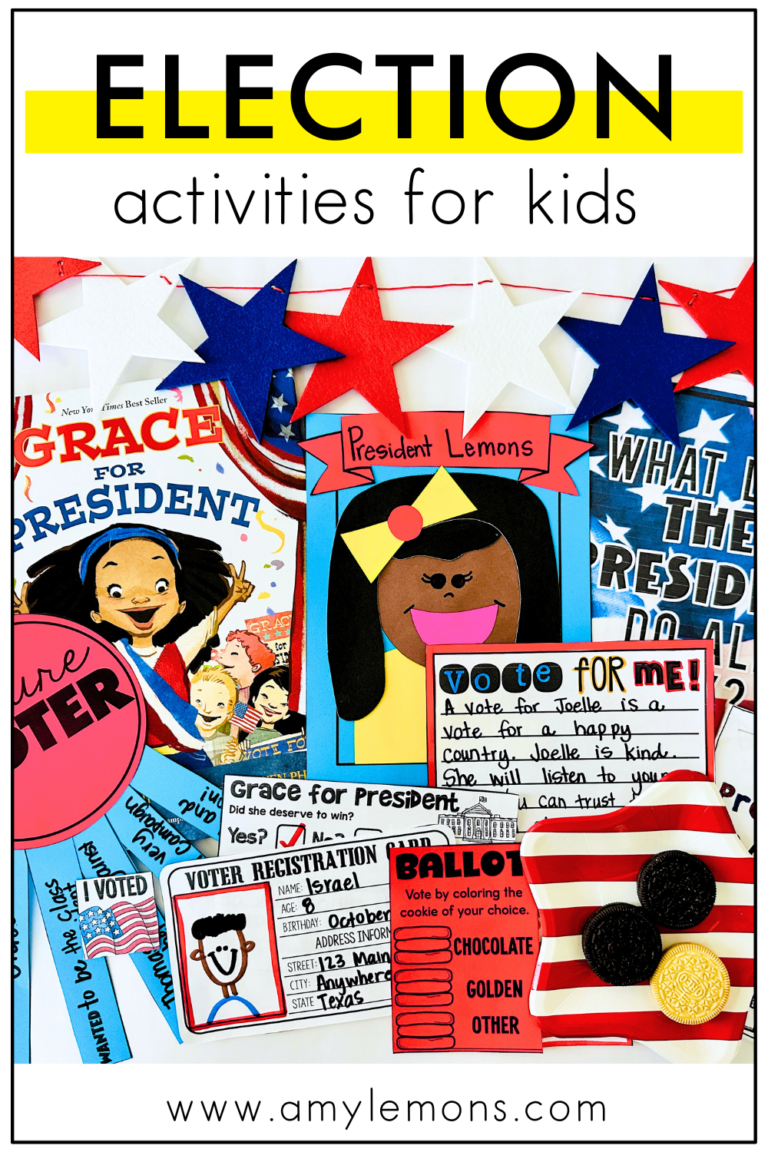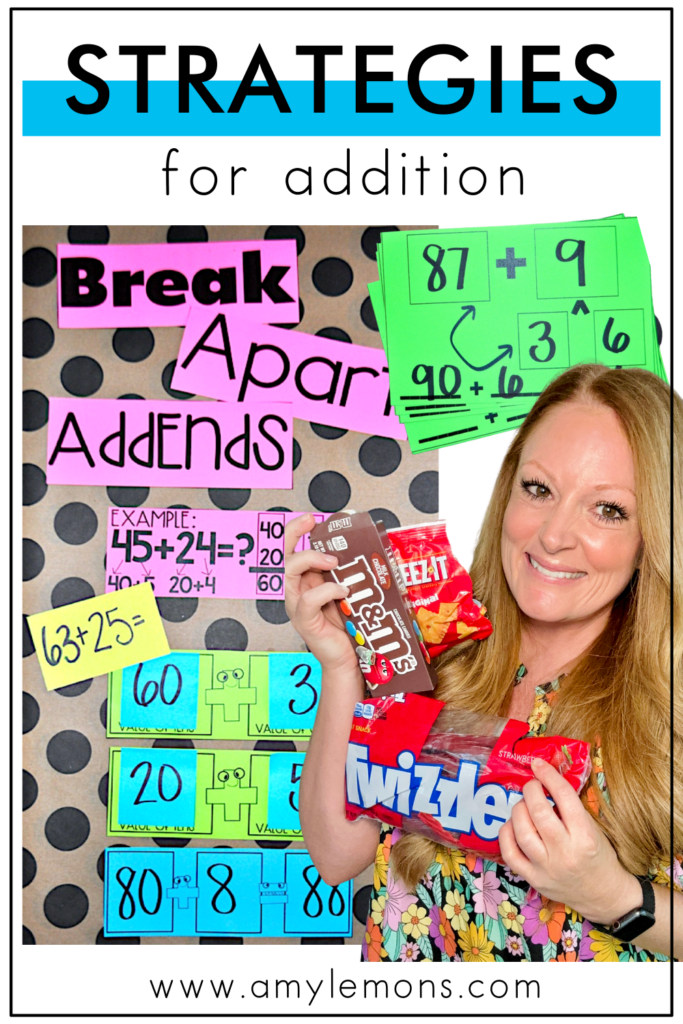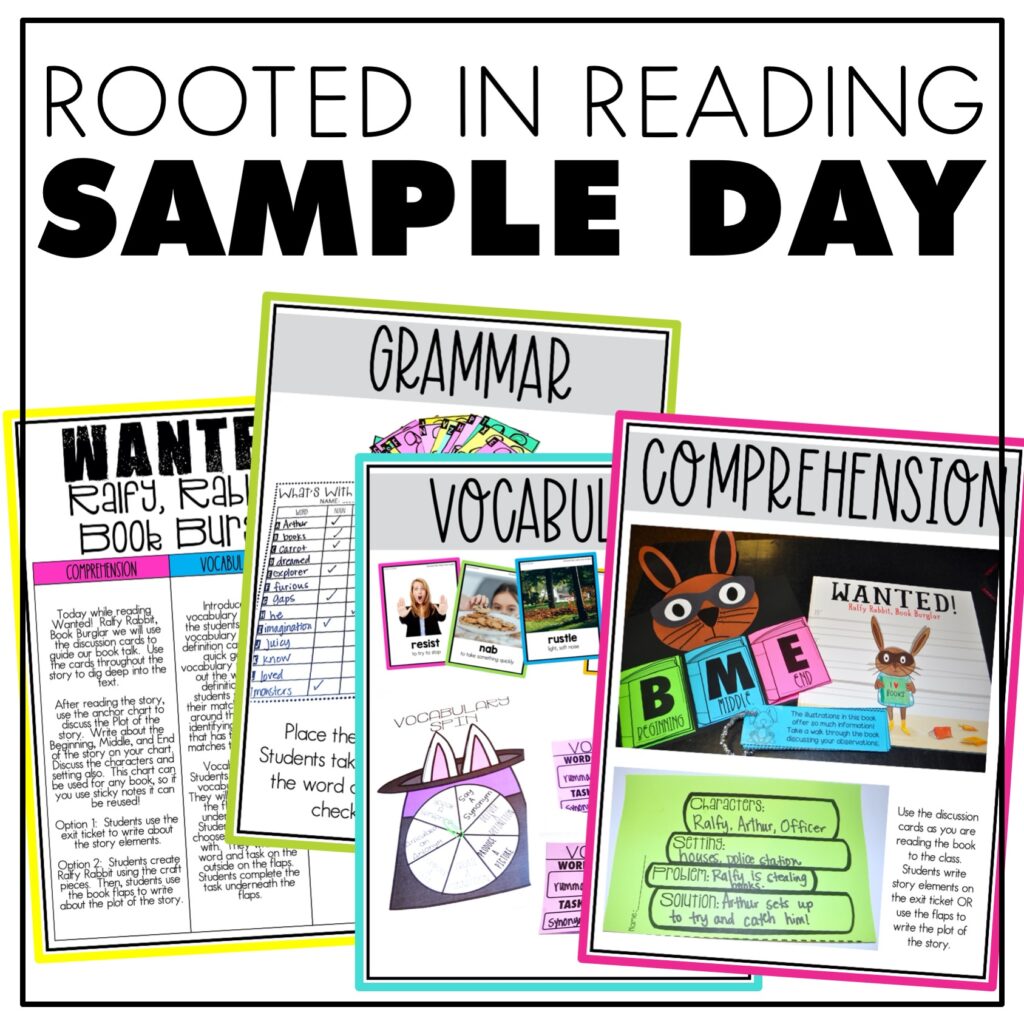

If you put 20 adults into a room, you are sure to encounter a myriad of differences in thoughts, opinions, and behaviors. So, imagine having 20 bright-eyed students in your classroom ready to learn essential math skills. Do you think they can all problem-solve in the same way?
The answer is…of course not! While our goal as teachers is to help shape and guide students toward problem resolution, we can’t expect them all to arrive at that destination in the same way.
Well, why am I saying all of this? Because that’s what makes teaching students multiple addition strategies so important. Gone are the days of everyone arriving at an answer in the same way!
These strategies allow you to cater to diverse learning styles, enhance mathematical flexibility, and set them up for success in real-world applications.
So, what are addition strategies? Simply put, addition strategies are techniques used to solve addition problems.
As students progress through grade levels, math concepts tend to build upon each other. Students will go from one-to-one counting to adding together parts to make a whole and eventually, adding more complex numbers.
Of course, we know using addition is a fundamental skill. So, we should make students aware of the varying strategies for addition we can use. This exposure gives students the freedom to choose what makes sense to them when solving addition problems.
I think we can agree that is a serious teaching goal!
Now, let’s look at three different addition strategies and activities that may be beneficial to your students.
Breaking apart addends is a mental math strategy used for addition. Mental math is a valuable skill in itself due to its quick nature. It is also the most applicable strategy to real-life scenarios.
Breaking apart numbers using this strategy can make the problem more manageable for students, and it ties in with their previous understanding of place value.
This strategy involves students breaking numbers down into smaller parts before finding the total sum.
Another benefit of this strategy is that it can help students develop a deeper understanding of number relationships. This builds a stronger foundation for more complex math concepts in the future.
Example activity: Spin and Add (You can see an example of this activity in the image above.)
The Spin and Add activity is a hands-on approach to using the Break Apart Ones to Add strategy. Students play a math game to practice solving addition problems.
Here’s how it’s played:
The goal is to make the nearest ten and use the basic addition strategies that they know to add larger numbers. This is a great starting point for breaking apart more complex numbers in the future.
Breaking apart addends to add takes advantage of students’ prior knowledge of expanded form. Using expanded form is a great way to boost student confidence in addition because it turns complex numbers into simpler versions.
This addition strategy involves using place value and breaking apart numbers to add by looking at the value of the digits.
For example, if I have 55+28, then using the breaking apart addends strategy would look like:
55+28=
50+5, 20+8
50+20=70, 5+8=13
so, 70+13=83
Which means: 55+28= 83
Using place value to add gives students a strategy that moves past algorithms. Instead, they can rely on number sense and look at the specific values of each number to solve addition equations.
Example Activity: I Can Break Apart Addends
Using interactive flap books, students can use a multi-step strategy to break apart larger numbers and solve equations. The flap books provide a visual aid for navigating this addition strategy in an accessible way.
Here’s how this activity would work. (You can see an example of this activity in the image above, for reference.)
It’s truly a whirlwind of emotions, for students and teachers, when it’s time to add more than two numbers together. It is certainly a tricky concept to grasp. For students, it can seem impossible.
That’s when place value becomes a huge benefit. Place value does more than help break apart numbers, it also acts as an organizational tool for solving addition problems.
This addition strategy involves using place value to help students add multiple numbers place by place. I.e., Students add the ones together. Students add the tens together, and so on.
When we’re able to articulate to students how to add numbers based on their place value, we encourage logical reasoning. It just clicks.
Example activity: Food Facts (You can see an example of this activity in the image above.)
Food makes the perfect manipulative. (Yes, I am a food-in-math addict!) Using manipulatives to represent numbers is an effective way to use the addition strategy for adding based on place value.
In the Food Facts activity, you use food that represents the tens place- vines, pretzel sticks, or anything in the shape of a ten and food for the ones place- small colored candies, marshmallows, etc.
Here’s how it works.
This math strategy encourages simplicity in solving addition problems — which is especially important as math problems become more complex.
The addition of these addition strategies (pun intended!) will set a solid foundation for your students’ comprehension of more complex addition situations in the future.
If you are interested in taking the guesswork (and the leg work!) out of how to effectively apply math strategies for addition and subtraction, take advantage of our set of lesson plans and activities for teaching addition and subtraction strategies. Check out Magic of Math!

Hey, y’all! My name is Amy Lemons and I am passionate about providing students with both engaging and effective standards-based Math and ELA lessons.

Sample a day of Rooted in Reading with these lesson plans and activities for Reading Comprehension, Vocabulary, and Grammar!


